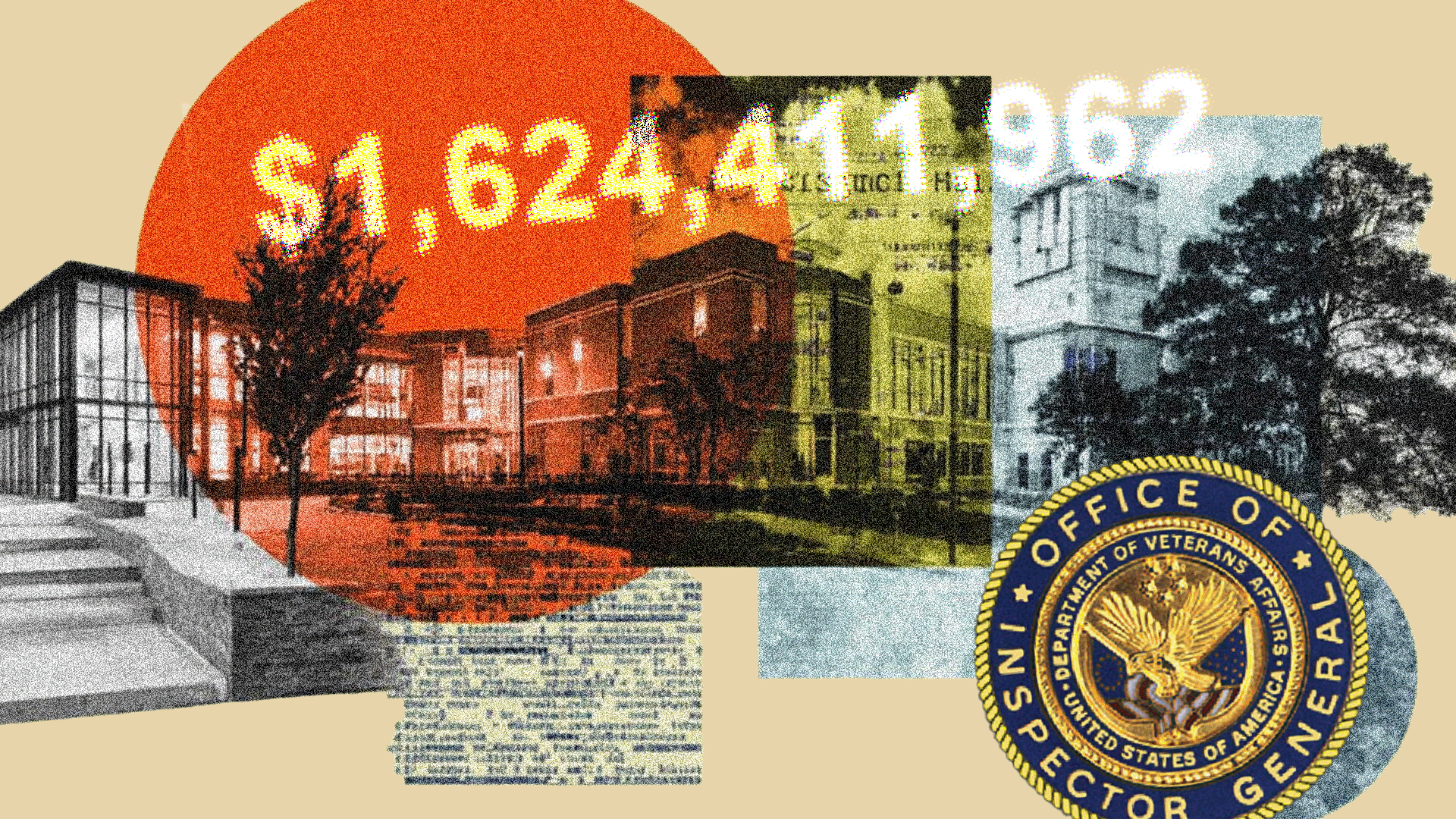By Ashima Sharda Mahindra
Copyright timesnownews

Once known as the fastest man on earth, Usain Bolt now lives a quiet, retired life, taking care of his three kids and watching movies. The legendary sprinter, an eight-time Olympic gold medallist after having taken a backseat from active competition in 2017, says he does not engage in running anymore. “Well, normally, I wake up just in time to see the kids off to school, and then it depends on what I have to do. If I have nothing to do, I just chill out. I might work out sometimes if I’m in a good mood. I just watched some series and am chilling until the kids come home. I spend some time with them, hanging out, until they start annoying me. Then I leave. And then afterwards, I just stay at home and watch movies, or I’m into Lego now, so I do Lego,” Bolt told The Guardian in an interview. At 39, for Bolt – the only exercise he now gets is in the gym sometimes, as he says even climbing a flight of stairs sometimes feels like a challenge. “I mostly do gym workouts. I’m not a fan, but I think now that I’ve been out for a while, I have to actually start running. Because when I walk up the stairs, I get out of breath. I think when I start working on itfully again, I will probably have to do some laps just to get my breathing right,” he added What happens to your body when you quit running? For those who regularly indulge in running for fitness, they know how important it is for their body. Running is a high-intensity exercise that has numerous benefits, which include improved heart and lung health, apart from aiding weight management by burning calories. It also strengthens your bones and muscles and enhances your mental well-being. So, what happens when you stop running? While experts believe you need to give yourself a few rest days or short periods of recovery to help recharge, a long-term break can start bringing about new changes to your body. If you stop running for a week, your fitness levels start getting impacted as the blood plasma volume decreases, leading to a lower cardiac output, causing less oxygenated blood to get to your muscles. Subsequently, as time passes, experts say your body may begin to become less efficient at firing muscle fibres, which might explain some of the ‘rusty’ feeling you get after a few days off. Easy ways to reduce the effects of not training Do not panic, as you can always go back to the same fitness levels as earlier with some extra effort and motivation. A few strategies for that include: Active recovery Apart from running, you can also indulge in other calorie-burning workouts like walking. Cycling and swimming are great ways to maintain physical activity. Maintain your pattern It may be a little difficult to get back to the rhythm, but it can happen with a little effort. Taking a break and getting back to your running routine can be challenging, but always maintain your pattern. Do warm-ups Make sure to indulge in warming-up exercises before you start running to help your muscles stretch. To warm up for a run, spend 5-10 minutes on light activity like brisk walking or a slow jog to gradually increase your heart rate and warm up your muscles. A warm-up also reduces the risk of an injury. Slowly build intensity Build intensity every day by increasing your distance in time – 10 minutes to run or cross-train.



